Provençal wines
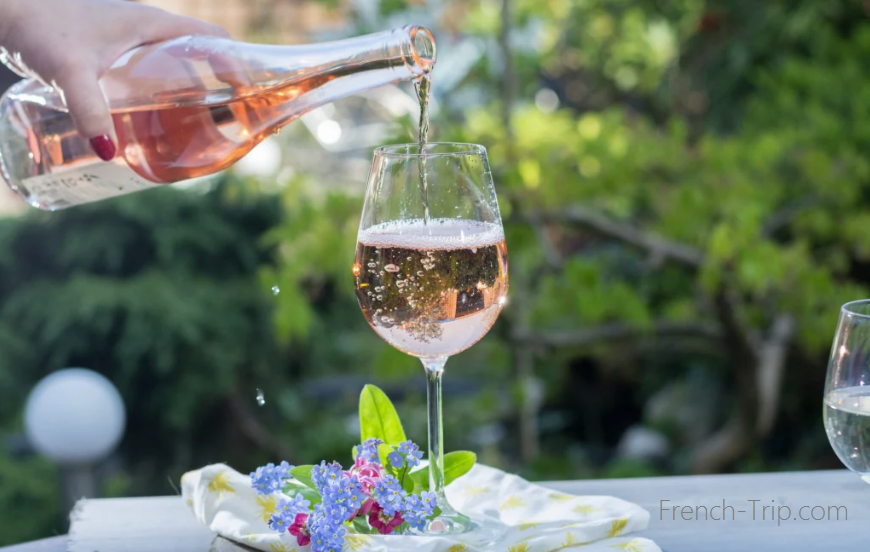
Provence-Alpes-Côte d’Azur is a region known for producing some excellent wines, particularly in the wine-producing area of Provence. Nice is part of one of France’s important wine regions – Côtes de Provence AOC. It accounts for 3/4 of all Provençal wines and offers a variety of grape varieties. The vast majority of local wines are rosé, which have built the reputation of Provencal wines. Delicate and refreshing, they complement traditional Provencal dishes perfectly! In the region, they even have a tourist wine route – the Route des Vins des Côtes de Provence.
Since Roman times, the French Riviera and Provence have been renowned for their winemaking. Wine has been produced in this region for over 2,600 years, dating back to 600 BCE when the ancient Greeks founded the city of Marseille. Throughout the region’s history, various cultures that have been present in Provence, including the ancient Greeks, Romans, Gauls, Catalans, and Savoyards, have influenced grape cultivation and winemaking. These diverse groups have contributed to a wide variety of grape varieties in the region, including grape varieties of Greek and Roman origin, as well as Spanish, Italian, and traditional French grape varieties.
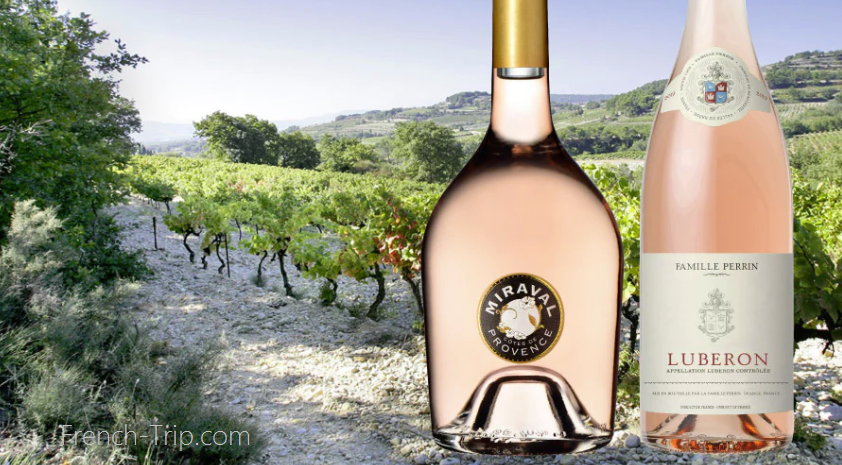
Provençal wines
Today, this region is primarily known for its rosé wines, although wine critics like Tom Stevenson consider the region’s best wines to be spicy red wines with a full flavor.
Rosé wine currently makes up more than half of the production of Provencal wines, while red wine accounts for about one-third of the region’s production. White wine is also produced in small quantities throughout the region, and the Cassis region with its appellation (Appellation d’origine contrôlée or AOC) specializes in the production of white wine.
Côtes de Provence is the largest AOC, followed by Coteaux d’Aix-en-Provence. The Bandol region near Toulon is one of the most recognized Provencal wine-producing regions in the world.
The most famous wines of Provence are:
- Châteauneuf-du-Pape: dark red wine.
- Beaumes de Venise: rich dessert wine.
- Cassis and Bellet: white wines.
- Côtes de Provence and Les Baux de Provence: rosé wines.
Local rosé wines are particularly highly regarded because the soil and temperature of the French Riviera are ideal for their production.
The region operates an Appellation d’Origine Contrôlée (AOC) for Côtes de Provence. It covers more than 85 municipalities in southeastern France. The boundaries of the region extend from the Alpine hills near Draguignan to the coast of Saint-Tropez.
Winegrowing Regions of Provence
Provence has nine wine appellations with AOC (Appellation d’Origine Contrôlée) status. The largest is Côtes de Provence AOC, followed by Coteaux d’Aix-en-Provence and Les Baux-de-Provence. The other six AOCs are Le Beausset, Pierrevert, Bandol, Cassis, Bellet, and Palette.
Côtes de Provence AOC includes four geographical designations that can appear on the label: Fréjus, La Londe, Pierrefeu, and Sainte-Victoire. AOC Côtes du Luberon in the neighboring Vaucluse department is sometimes mentioned alongside Provence due to some stylistic similarities in the wine. However, it is officially part of the Rhône wine region, and its character is more akin to its northern border neighbor, Côtes de Ventoux AOC, also of the Rhône wines.
In the region, there are several “vin de pays” designations, with Bouches-du-Rhône near Aix-en-Provence being one of the more common designations.
Winegrowing regions of Provence on map:
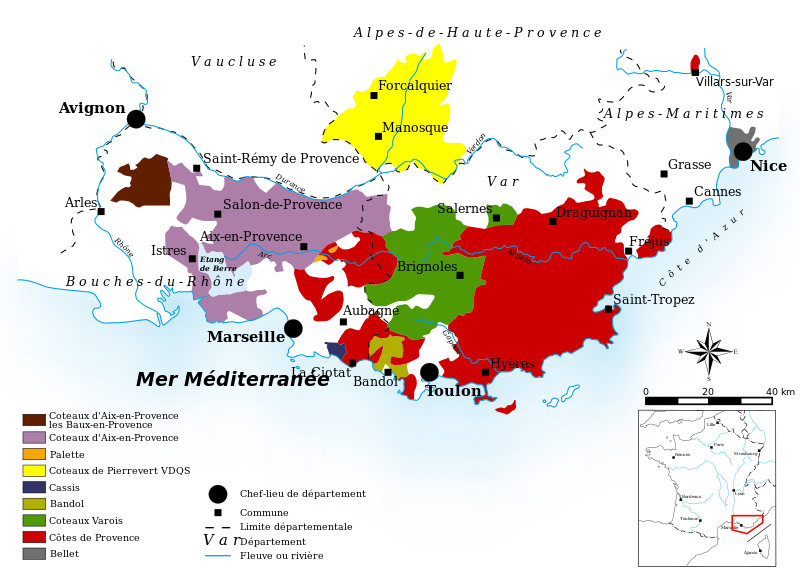
Côtes de Provence AOC
Provence wines – Côtes de Provence AOC – cover more than 19,330 hectares in three departments: Var, Bouches-du-Rhône, and the enclave of Alpes-Maritimes. This terroir represents three-quarters of all Provence wine production, with a variety of grape varieties, each of which has a distinct geological and climatic individuality.
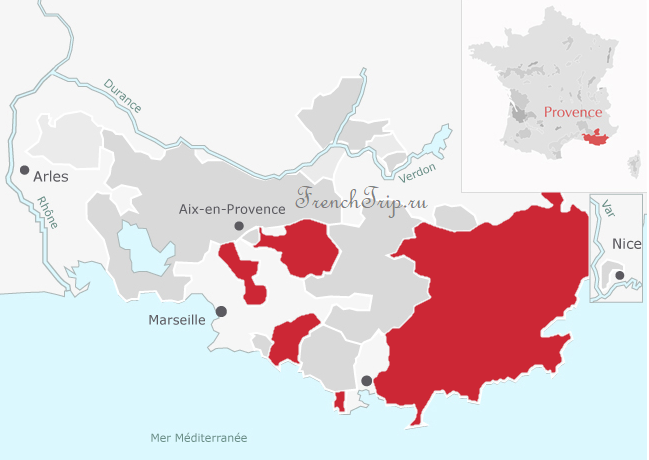
History of Provençal wines
Provence wine originates from the French winemaking region of Provence in southeastern France. The Romans called the area “provincia nostra,” giving the region its name. To the south of the Alps, it was the first Roman province outside of Italy.
It is difficult to determine the exact time when viticulture began in Provence. Early inhabitants possibly used local grapevines to produce wine before Phocaean Greeks settled Massilia (modern-day Marseille) around 600 BCE. Archaeological evidence in the form of amphora fragments shows that the Greeks were producing wine in the region soon after their settlement. By the time the Romans arrived in the area in 125 BCE, Provence wine had already gained a reputation for high quality throughout the Mediterranean. Over time, a wide range of people, rulers, and cultures influenced winemaking styles and viniculture in Provence, including the Saracens, Carolingians, Holy Roman Empire, Counts of Toulouse, Catalans, René I of Naples, the House of Savoy, and the Kingdom of Sardinia.
In the late 19th century, the phylloxera epidemic reached Provence, devastating the region’s vineyards. Many vineyards were gradually replanted, and some turned to high-yield but lower-quality Carignan grapes. The introduction of the railway system in the 19th century opened up new markets, such as Paris, and in the 20th century, with the development of tourism along the French Riviera, the production of rosé wine increased alongside the regional cuisine, including dishes like bouillabaisse and aioli.

Climate and Geography of Provence Vineyards
Provence has a classic Mediterranean climate with the sea to the south. A mild winter is followed by a very warm summer with little rainfall. This region enjoys abundant sunshine, with grapevines receiving over 3,000 hours of sunlight per year, which is twice what is needed for grapes to fully ripen. This abundance can negatively impact grape ripening if vineyard owners are not cautious.
The strong Mistral wind from the north has both positive and negative effects on viticulture. While it can cool the grapes during heatwaves and dry them out after rain, providing some protection against grape rot and diseases, it can also damage grapevines that are not properly prepared and sheltered, especially on hilly slopes. In areas where the wind is particularly strong, ideal vineyard locations are on south-facing slopes toward the sea, with a hill providing shelter from the force of the Mistral. The choice of grape varieties planted in these areas also plays a role because south-facing slopes receive the most sunlight, and in a warm climate, delicate and early-ripening grape varieties that do well on north-facing slopes might be better suited.
Soil
Soil in Provence is diverse and lacks uniformity and generalization. Isolated areas, such as Cassis AOC and areas near the Mediterranean coast, feature limestone and shale deposits. These areas are typically planted with grapevines for white wine, which suits the soil types better.
Some coastal areas in the region have soils with a significant amount of shale and quartz in their composition, while the inland regions have more clay and sandstone.
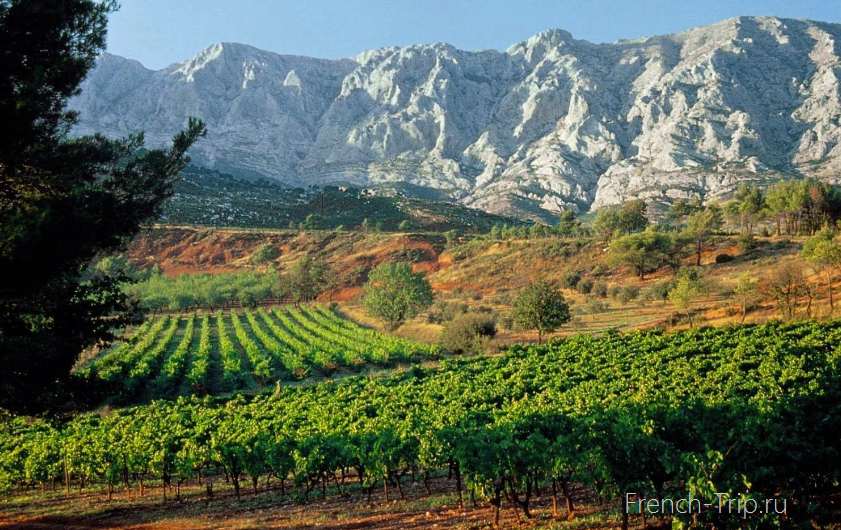
Grape Varieties in Provence
The primary grape variety in Provence is Mourvèdre, which is a key component in many red and rosé wines.
Provence produces over 1,000 wine appellations. Grenache and Cinsault grapes are often blended here, with Cinsault being a significant component in many rosé wines. Cabernet Sauvignon and Syrah are becoming more noticeable, although some traditional Provencal winemakers view these grapes with suspicion, considering them a sign of globalization. Carignan was the primary grape for much of the past century, but its use has decreased as more producers seek to improve wine quality.
Other important grape varieties, mostly used in blends, include Braquet, Calitor, Folle, and Tibouren.
Key white wine grape varieties in Provence include Rhône varieties like Bourboulenc, Clairette, Grenache Blanc, Marsanne, and Viognier, as well as Chardonnay, Sauvignon Blanc, Sémillon, Rolle, and Ugni Blanc.
Throughout its history, Provence has cultivated many grape varieties that are now almost extinct, including Pascal Blanc.
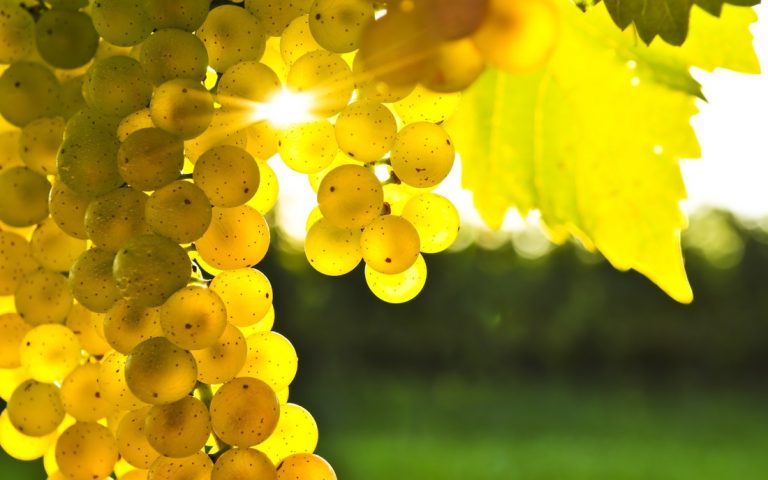
Classification of Provencal Wine
Provence is the only French wine region outside of Bordeaux to have developed a classification of wine estates. Burgundy, Champagne, and Alsace classify their vineyards rather than wine estates.
On July 20, 1955, 22 years before Côtes de Provence wines received their “Appellation d’Origine Contrôlée” (AOC) status, 23 Provencal wine estates officially designated themselves as Crus Classés based on an assessment of the estate’s history, winemaking reputation, cellar, and overall vineyard quality. However, five estates no longer produce wine, leaving 18 classified estates:
- Clos Cibonne in Le Pradet
- Clos Mireille in La Londe-les-Maures
- Domaine du Jas d’Esclans in La Motte
- Domaine de Rimauresq in Pignans
- Domaine de la Croix
- Domaine du Noyer
- Château de L’Aumérade
- Château de Brégançon in Bormes-les-Mimosas
- Château du Galoupet in La Londe-les-Maures
- Château de Mauvanne in Hyères
- Château Minuty in Gassin
- Château de Roubine in Lorgues
- Château Ste. Marguerite in La Londe-les-Maures
- Château de St. Martin
- Château St. Maur in Cogolin
- Château Ste. Roseline in Les Arcs
- Château de Selle in Taradeau
- Château de la Clapière
This classification has never been revised or altered. Estates cannot include grapes from new vineyards in the Cru Classé wine. The “Club des Crus Classés de Cotes de Provence” was formed in 2000, and in 2005, they signed a charter of excellence; 14 out of the 18 classified estates are currently members of the club.
Some producers make a (lesser) second or third wine, which they also label as Cru Classé de Provence. Furthermore, the list cannot be changed, new estates cannot be added, and an estate cannot lose its cru classé status. The 18 estates benefit from the classification regardless of the quality of their wine.

Styles of Provence Wine and Food Pairing
Wine expert Karen MacNeil notes that well-made Provencal wines often have aromas reflecting the region’s landscape, which includes wild lavender, rosemary, and thyme. The rosé wines of the region are typically dry with a hint of spiciness due to their acidity. Red and white wines are characterized by their full body and intense aromas.
The character and impression of Provence wines significantly change depending on whether they are consumed as an aperitif or paired with food, especially traditional Provencal cuisine. Rosé wine is particularly known for its ability to pair well with garlic-based dishes like aioli.
More: cuisine of Provence
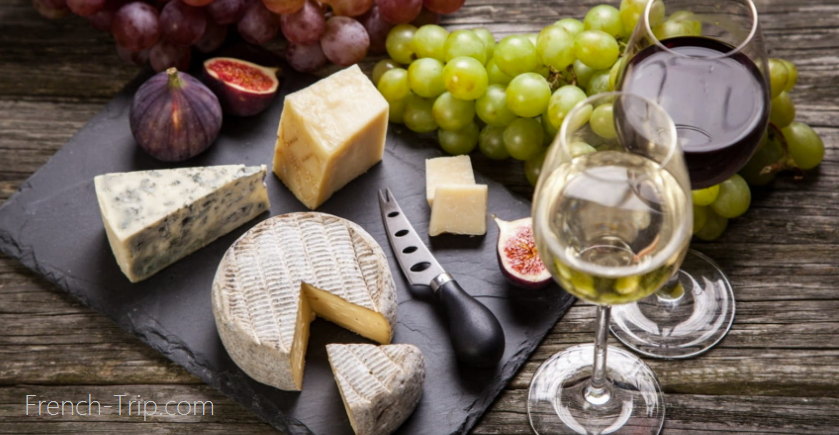
Best Provençal wines
Here are some of the best wines you can find in Provence.
By wine:
- Rosé Wines: Provence is world-renowned for its rosé wines, which are some of the best in the world. These wines are typically light, crisp, and refreshing, with flavors of red berries, citrus, and floral notes. Look for AOC Côtes de Provence, AOC Bandol, and AOC Cassis rosé wines.
- Red Wines: While Provence is famous for rosé, it also produces quality red wines. AOC Côtes de Provence and AOC Bandol are known for their robust and fruity red wines, often made from grapes like Mourvèdre, Grenache, and Syrah.
- White Wines: White wines from Provence are less common but can be quite delightful. AOC Cassis is known for its crisp and mineral-rich white wines made from Marsanne and Clairette grapes. AOC Bellet in Nice produces distinctive white wines from Rolle and Chardonnay grapes.
By wine regions:
- Bellet Wines: The Bellet appellation in Nice is a hidden gem. Known for its unique terroir and microclimate, it produces red, white, and rosé wines that are highly regarded for their quality and character.
- Côtes du Rhône Wines: While not exclusively in Provence, the Southern Rhône Valley extends into the region, producing excellent wines. Look for AOCs like Châteauneuf-du-Pape, Gigondas, and Vacqueyras for red wines and Tavel for rosé wines.
- Bandol Wines: Bandol, located on the coast near Marseille, is famous for its red wines made primarily from Mourvèdre grapes. These wines are known for their deep color, complexity, and aging potential.
- Palette Wines: Palette is a tiny appellation near Aix-en-Provence, known for its boutique wineries and unique wines. The reds are typically a blend of Mourvèdre, Grenache, and Cinsault, while the whites often feature Clairette and Bourboulenc grapes.
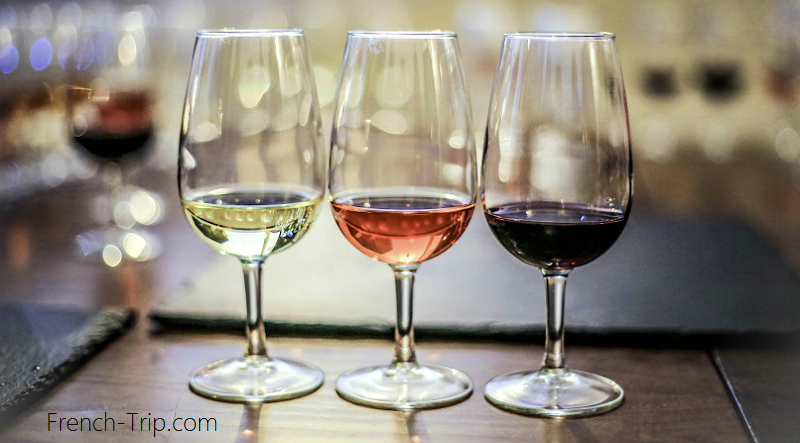
Provençal wine routes
The Provence wine region in France, known for its beautiful vineyards and Mediterranean climate, offers several wine routes that allow visitors to explore the diverse wines produced in the area.
- Côtes de Provence Wine Route:
- The Côtes de Provence AOC is the largest appellation in Provence, famous for its rosé wines, but it also produces red and white wines.
- Route: Begin your journey in the town of Draguignan, then follow the D557 and D562 roads to explore vineyards and wineries in the Massif des Maures and the Var region. Don’t miss the picturesque village of La Garde-Freinet.
- Coteaux d’Aix-en-Provence Wine Route:
- Coteaux d’Aix-en-Provence AOC is known for its red, white, and rosé wines. The vineyards are situated in the western part of Provence.
- Route: Start in Aix-en-Provence and take the D64 and D17 roads to explore the vineyards around the city. Consider visiting Château de Beaulieu or Château Vignelaure for wine tasting.
- Coteaux Varois en Provence Wine Route:
- This AOC produces a variety of wines, including rosés, reds, and whites. It’s located in the Var department.
- Route: Begin in the town of Brignoles and follow the D45 and D554 roads to discover wineries in the Coteaux Varois en Provence region. The town of Cotignac is a charming stop along the way.
- Bandol Wine Route:
- Bandol AOC is famous for its bold and flavorful red wines made primarily from Mourvèdre grapes. It’s situated on the Mediterranean coast.
- Route: Start in the coastal town of Bandol and take the scenic Route des Vins de Bandol (D559) to visit renowned wineries such as Domaine Tempier and Domaine Ott.
- Les Baux-de-Provence Wine Route:
- Les Baux-de-Provence AOC is known for its unique wines produced in the Alpilles mountains.
- Route: Begin in the charming village of Les Baux-de-Provence and explore the surrounding vineyards. Consider visiting Château Romanin, a biodynamic winery.
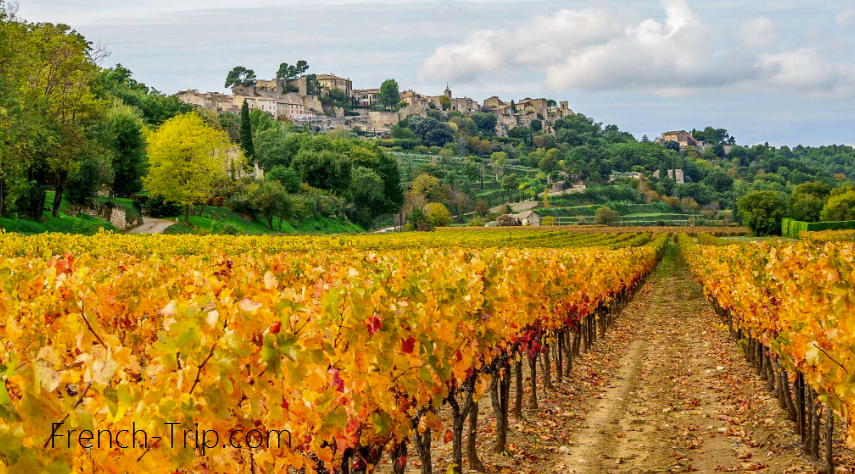
Luberon vineyards in autumn
→ Back to Provence travel guide
Archives
Calendar
| M | T | W | T | F | S | S |
|---|---|---|---|---|---|---|
| 1 | 2 | 3 | 4 | 5 | 6 | 7 |
| 8 | 9 | 10 | 11 | 12 | 13 | 14 |
| 15 | 16 | 17 | 18 | 19 | 20 | 21 |
| 22 | 23 | 24 | 25 | 26 | 27 | 28 |
| 29 | 30 | 31 | ||||